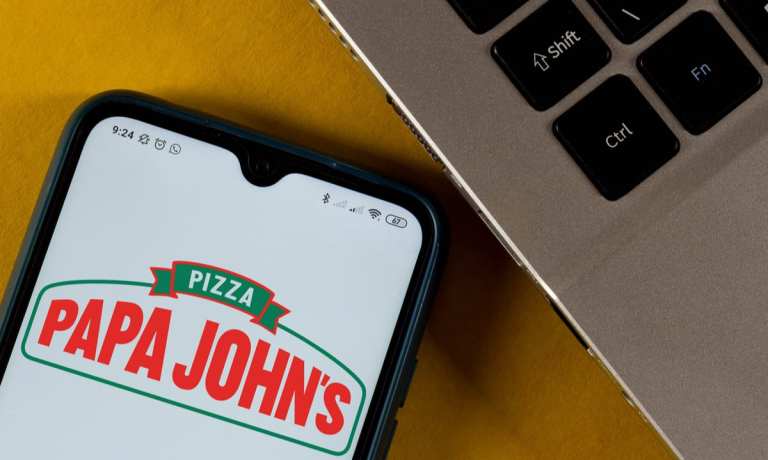
Papa John’s just hit the McDonald’s milestone. The pizza restaurant announced Tuesday (July 6) that its loyalty rewards program had reached 20 million members. For context, 20 million is the number of active users that McDonald’s, the world’s largest quick-service restaurant (QSR) chain, has for its mobile app pre-loyalty rollout, and it is just slightly under the number of users that Chipotle’s mobile app had as of April, 21 million.
Papa John’s notes that, while its rewards program has been around since 2010, its growth has accelerated in the last couple years. Over 100,000 new users have been joining each week since early 2020, and the program brings in almost half of the restaurant chain’s sales.
“Our laser focus on customer experience allows us to identify opportunities to engage our consumers at a high frequency, which is crucial to short-term sale growth and the lifetime value of the customer,” Anne Fischer, the company’s senior vice president of customer experience, said in a statement.
Loyalty programs are a key way for brands like Papa John’s, brands whose value props include their relatively low menu prices, to win the loyalty of their budget-conscious customers. PYMNTS data from the July edition of our Delivering On Restaurant Rewards report created in collaboration with Paytronix find that consumers who feel that their finances are slipping are significantly more likely to use loyalty programs than consumers who report that their finances are well-off. Almost half of these financially concerned consumers use at least one restaurant loyalty program, versus 42 percent of customers who report that their financial outlook is good. Furthermore, for the former group, loyalty programs are the single best way to encourage them to spend more at restaurants — more than online payment features, drive-thru and curbside pickup options, and mobile ordering.
Engaging with consumers via loyalty programs can also be a great way for restaurants to encourage them to interact more fully with a restaurant’s other programs and offerings. As Fischer put it in her official comment, “The continued success of our loyalty program and overall innovation is key to driving new customers to our brand and relationship-building equaling support for our upcoming innovative initiatives.”
To that point, PYMNTS research from the February edition of the report finds that loyalty programs can turn occasional customers into fans of a restaurant by rewarding repeated spending. In a survey, one in five occasional diners — those who rarely order from restaurants — reported that they would be most likely to spend more on food orders if they had access to loyalty and rewards programs. Additionally, the reason that 53 percent of these customers are not using loyalty and rewards programs is because because they do not believe that such programs are available.
While these programs received a powerful boost during the off-premise ordering boom that resulted from COVID-related lockdowns, they will remain vital as restaurants look ahead to the post-pandemic future. Research from the May-June edition of the report finds that 100 percent of smartphone-centric digital shifters — those whose only connected device is their smartphone — plan to keep ordering online at least somewhat as often as they do now, as do 90 percent of consumers who own fewer than six connected devices including connected wearables. This is especially good news for restaurants with loyalty programs, since two-thirds of consumers in the latter group are already engaging with restaurant rewards.